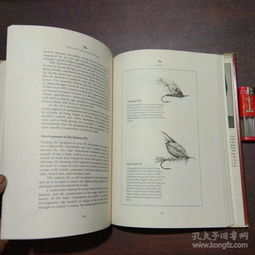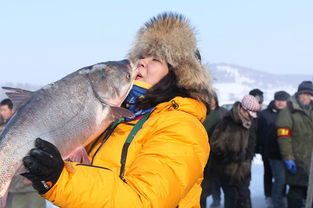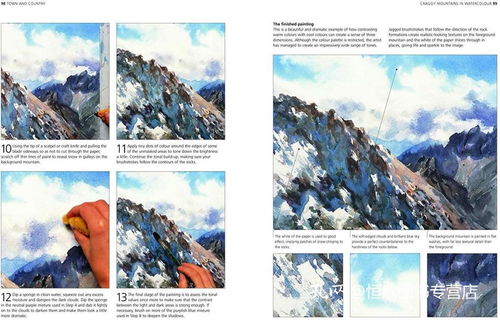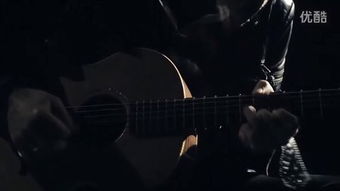Content:
Introduction: Fly fishing with corn has gained popularity among anglers for its simplicity and effectiveness. Corn, being a natural food source for many fish species, can be an excellent lure when used correctly. One of the key aspects of corn fishing is mastering the technique of casting with corn. In this article, we will delve into the art of casting with corn, providing you with expert tips and techniques to help you become a proficient corn fisherman.
Choosing the Right Gear: Before diving into the casting techniques, it's essential to have the right gear. For corn fishing, you'll need a fly rod specifically designed for casting with soft baits. These rods are typically shorter and more flexible, allowing for better control and accuracy. Additionally, a quality fly reel and a strong, yet supple fly line are crucial for casting long distances and handling the weight of the corn.
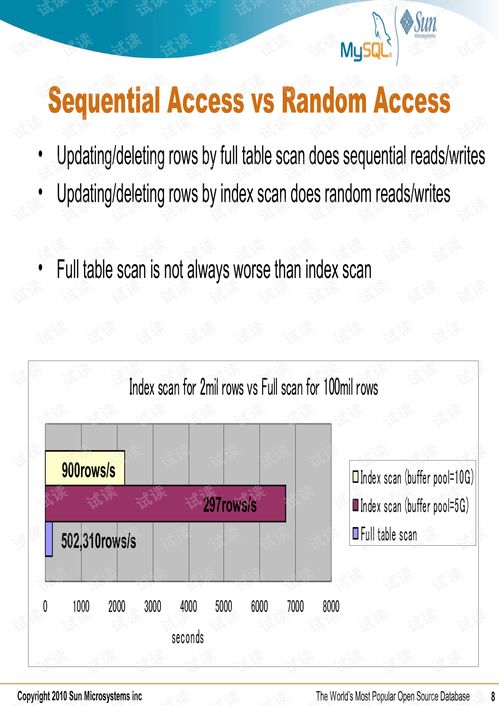
Preparing the Corn: To ensure that the corn is effective as bait, it's important to prepare it correctly. Start by peeling the corn kernels off the cob, as whole corn can be difficult to cast and less appealing to fish. Once peeled, soak the corn in saltwater or a corn soak solution for several hours to make it more durable and less likely to break off during casting.
Attaching the Corn to the Leader: After preparing the corn, you'll need to attach it to your leader. The most common method is to use a small swivel and a leader with a loop at the end. Thread the corn onto the leader, then tie the swivel to the loop. Make sure the corn is securely attached but not too tight, as this can hinder your casting.
Casting Techniques: Now that you have your gear and corn ready, let's discuss the casting techniques:
a. Backcast: Begin by holding the rod with a comfortable grip, positioning your feet shoulder-width apart. With the line out, take a backcast by moving the rod back over your head, bending the rod at the elbow. As the rod reaches the back of your head, pause for a moment, then accelerate the rod forward to launch the line.
b. Forward Cast: After a successful backcast, allow the line to settle at the end of your forward cast. To ensure a smooth forward cast, keep the rod tip low and point it towards the target. As the line nears the end of the cast, accelerate the rod forward, using a sweeping motion to launch the corn.
c. Casting Distance: To achieve the desired casting distance, it's important to maintain a consistent casting motion. Practice your casting technique, focusing on a smooth, fluid motion. Avoid casting too hard, as this can lead to line twists and tangles.
Timing and Accuracy: Timing is crucial when casting with corn. As the line reaches the end of the cast, pause for a moment before accelerating the rod forward. This allows the corn to reach the target with minimal splash and disturbance. To improve accuracy, practice casting to specific targets, such as rocks or submerged logs, and adjust your technique as needed.
Retrieval Techniques: Once the corn is in the water, it's time to retrieve it. The goal is to mimic the natural movement of corn falling to the bottom. Here are a few retrieval techniques:
a. Dead Drift: Allow the corn to drift naturally with the current, without any movement. This technique is effective in areas with slow-moving water.
b. Twitching: Move the rod tip gently in short, upward and downward motions to simulate the natural movement of corn. This can trigger strikes from curious fish.
c. Wobbling: Move the rod tip in a side-to-side motion to create a wobble effect, which can attract the attention of fish.
Conclusion: Casting with corn is a simple yet effective technique that can help you catch more fish. By mastering the art of casting with corn, you'll be well on your way to becoming a proficient corn fisherman. Remember to practice your casting technique, choose the right gear, and experiment with different retrieval methods to find what works best for your fishing environment. Happy fishing!
